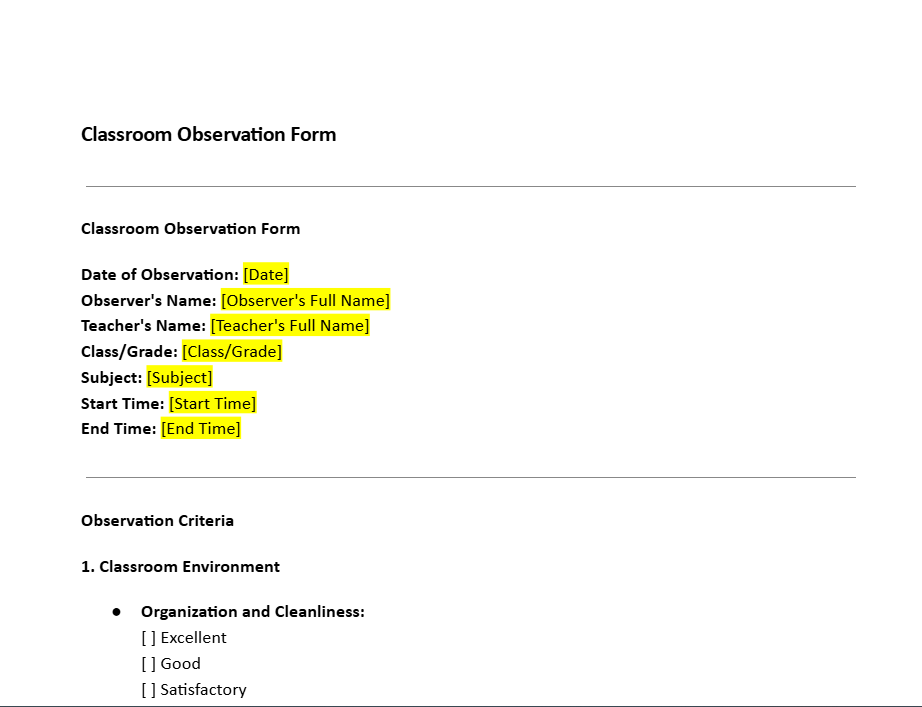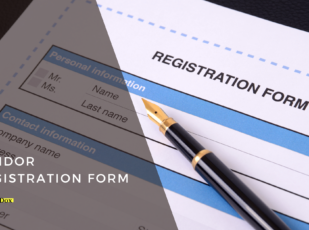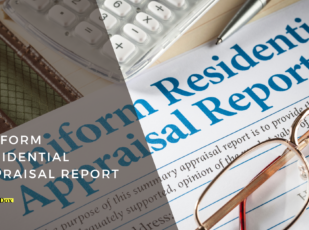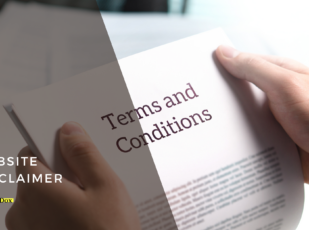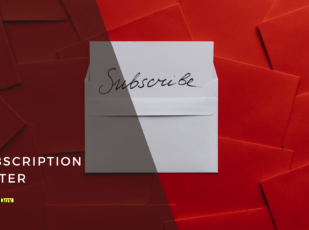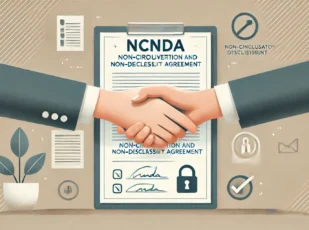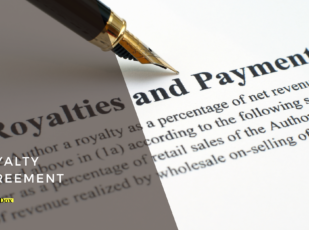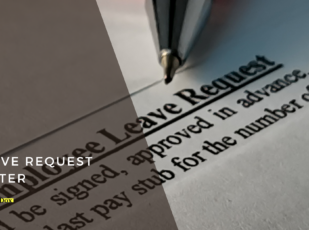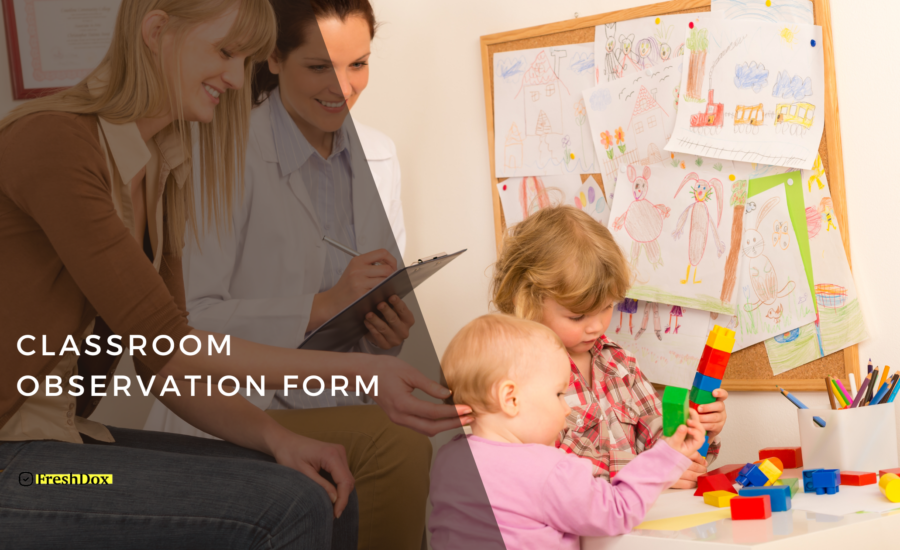
Classroom Observation Form Template
9 Downloads
Education
February 17, 2025
Sayantani Dutta
Without a proper observation template, teacher evaluations can become arbitrary. A classroom observation form organizes the process, offering a systematic format that lessens subjectivity and strengthens evaluation dependability.
Schools and universities rely on these instruments to assess instruction, track growth, and refine teaching practices. A well-structured lesson observation form captures key areas of instruction and allows for meaningful feedback.
These forms guide assessors through a step-by-step examination of lesson efficacy, student behavior, and overall engagement. Some forms evaluate the learning environment and classroom management, citing how well instructors deal with disruptions or activity transition times. Others assess teaching methods, instruction delivery, lesson pace, or an instructor’s skill in altering a lesson plan to adapt to students’ needs.
A classroom observation checklist ensures the teacher’s performance is analyzed systematically rather than relying on general impressions.
What Is a Classroom Observation Form?
A classroom observation form documents the teacher’s performance and instruction efficacy in real-time. It’s a systematic instrument for assessing lesson delivery, student engagement, and the learning environment. Without this organization tool, observation notes become too general to produce useful information to inform teachers about how to modify and develop their practices.
The form’s function is defined according to its purpose. In some cases, it guides formal course evaluation and determination of tenure. Sometimes, it supports professional growth, coaching, or informal feedback from conversations among peers. Peer observation forms, for example, serve to enable teachers to exchange ideas and not necessarily act as an evaluation tool alone.
Technology has also transformed classroom assessment practices. Many institutions have begun to use apps for information collection and storage, minimizing paperwork and making note-taking easier for analysis of trends over time. A printable format can, nevertheless, be useful for documentation, but electronic template alternatives enable increased real-time note-taking and dissemination of feedback.
Where Is a Classroom Observation Form Used?
Structured observation forms apply to various educational settings. Schools, universities, and school administrators utilize them in training, development, and ongoing performance evaluations of teachers.
Special education requires an increased level of lesson observation detail. Evaluators must document how teachers implement accommodations, interact with learners, and adjust lessons to meet individual needs. Here, a student observation form can be paired with a teacher observation form to note instructional strategies and student responses.
Walkthroughs serve two purposes in evaluation. School administrators visit a variety of classes during a relatively short period, using a condensed observation form for documenting trends in instruction in a school district or school. This kind of observation helps in determining if the goals of a curriculum are being met.
For school leaders, peer observations offer rich sources of professional development. Unlike formal appraisals, such sessions value improvement through collaboration over grading performance. By discussing best practices and exchanging strategies, teachers improve their teaching practice in a collaborative environment.
Key Provisions and Terms in a Classroom Observation Form
A structured observation form aids in making feedback specific, actionable, and relevant. It does away with unclear evaluations, giving teachers a distinct picture of their areas of strength and where they can look to improvement.
Lesson Plan and Instructional Alignment
A solid lesson plan is the foundation of effective instruction. Observers document whether objectives are clearly stated, and lesson segments and activities follow in a logical sequence and align with objectives. The pacing of a lesson is no less critical. An educator who paces too quickly will leave students behind, but a slow pace will disengage others.
Some schools request observers to evaluate to what extent the faculty member integrates formative assessments. The form must include whether students exhibit an understanding through discussion, questioning, or practice in application. A comprehensive observation template includes questions to assess these areas so that all components of instruction can be examined.
Classroom Dynamics and Student Engagement
Student engagement is an important key to successful learning. A strong observation tool looks beyond compliance, gauging students’ engagement with the work, contribution to discussion, and demonstration of understanding.
The section for student behavior keeps a record of students’ compliance in being focused and actively involved in learning processes. An effective observation form for students must differentiate between passive and active student engagement.
Classroom Management and Behavior Strategies
Classroom management extends beyond discipline. A well-structured form gauges if a teacher establishes effective expectations engages students, and transitions between activities effectively. The ability to diffuse disruptions with no loss of instructional momentum is a sign of successful management.
Observers may use a rubric to assess a range of dimensions of classroom control, such as student attentiveness and teacher skill at redirecting off-task behavior. A printable rubric form with scoring criteria provides a uniform mechanism for assessing classroom management for a variety of teachers.
Teaching Strategies and Flexibility
A cookie-cutter model of instruction rarely meets students’ needs. Observers assess whether a teacher effectively distinguishes instruction, varies instruction for learners, and generates several channels for student success. In special schools, accommodation is most important, and observers must note in detail how accommodations have been included in the lesson.
Various methods of teaching require different assessment criteria. An instructor using direct instruction will be evaluated in terms of pace and clarity, but a teacher facilitating problem-solving activity will have to demonstrate effective discussion guidance and questioning skills and not dominate the discussion. A properly designed form template accommodates these discrepancies.
Summative Feedback and Follow-Up
The last part of the feedback form features key strengths and improvement areas. Some schools conduct a follow-up session where the teacher and observer sit together and review the observations together. This discussion enables teachers to query, reflect, and decide on actions for improvement.
An effective observation form needs to link feedback to clear recommendations. Rather than including broad statements about classroom management, it needs to consist of particular strategies that can increase organization or student motivation.
How to Build and Implement a Classroom Observation Form
A badly designed form creates more problems than it solves. It leads to imprecise evaluations, less chance for feedback, and uncertainty about what to assess. A high-quality template takes care of these issues, offering a well-presented and unambiguous format for reporting observations. A well-structured model transforms an observation activity into an effective tool for enhancing instruction.
It gives assessments purpose, prioritizes effective instruction, and provides teachers with feedback for improvement in practice. When done well, it is not only a form but a blueprint for better instruction and increased student achievement.
Customization is paramount. A template utilized for a veteran teacher should not be identical to one for a novice teacher. Priorities vary institution-wise, with some putting high value on delivering content and others prioritizing classroom management.
The form structure will have to replicate the specific aims of the evaluation. Training is just as important as the form itself. A well-structured evaluation form is of little use if observers don’t understand how to use it effectively.
Workshops are usually held by schools to orient administrators, mentors, and instructional coaches on what to observe. Specific guidelines prevent bias and ensure more accurate feedback. Some schools provide an instructor with a copy of their evaluation before a formal debrief.
This approach enables the instructors to run through the assessment and discuss their weaknesses and strengths. Structured follow-ups yield more effective conversation and a greater willingness to make proposed improvements.
Why You Should Use a Template for Your Classroom Observation Form
Observing a classroom is an opportunity to assess the effectiveness of instruction, identify areas that need refinement, and support educators in their professional growth. An effectively designed classroom observation form provides a consistent foundation for gathering helpful information, offering insight into areas of strength along with areas for development.
Without a coherent system, assessments can become unbalanced or lack detail, and therefore, not deliver useful feedback. A good template simplifies the work by standardizing observation procedures.
A poorly designed form can result in gaps in evaluation, and, in consequence, incomplete and incorrect assessments that have little value in enriching instruction for teachers. When the correct template is in place, observers and instructors both benefit through a structured process that maximizes real development.
Download a Free Classroom Observation Form from FreshDox
Get a free classroom observation form template for your school or academic institution by signing up for a free trial of FreshDox. Our professionally designed templates for academics are fully customizable and downloadable in Word and PDF formats. Edit it to your needs and conduct teacher evaluations that set new benchmarks of excellence. Sign up for a free trial of a Basic or Premium account and get access to our catalog today.
Popular searches:
Related Templates
Discover more templates that align with your needs and preferences.

Ready to Sign Up?
Sign up for FreshDox.com’s 7-day trial and discover why so many individuals and businesses trust us for their legal document template needs.
- Cancel any time
- 7-day free trial
- From 300+ Customer Reviews

